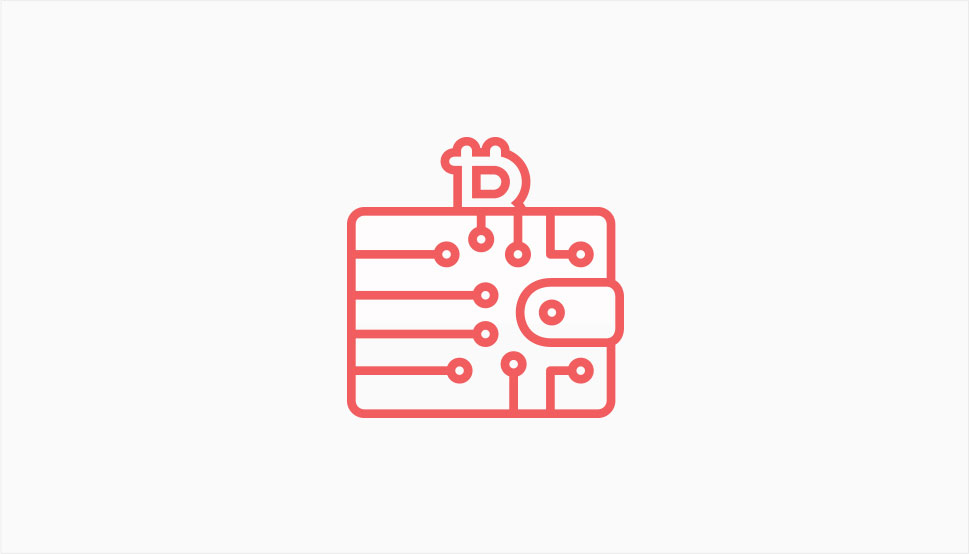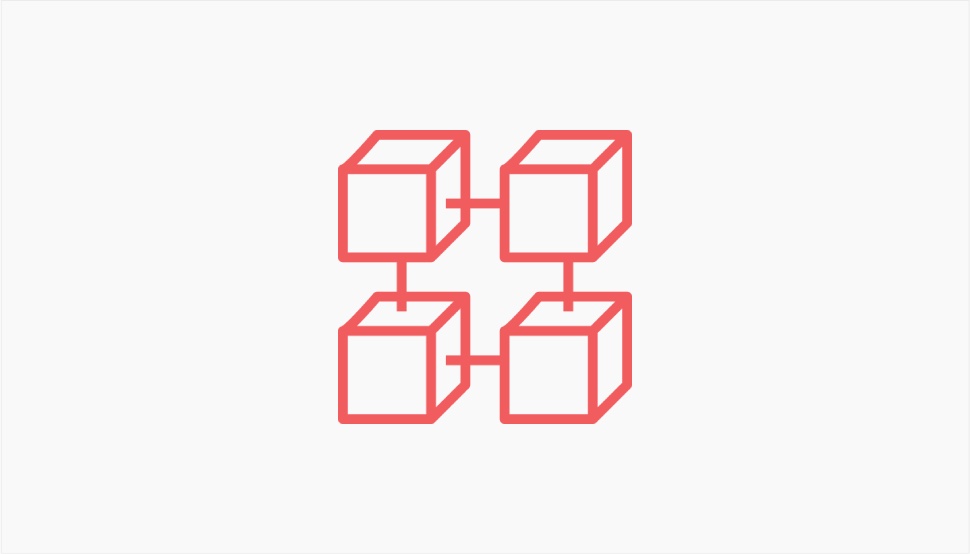WordPress and Web3: Everything You Need to Know

If there is one thing about the internet that remains constant is that it always changes. And, since its inception, WordPress was not lagging behind. Recently, Web3 is the talk of the town, and, once again, WordPress is not lagging behind. In this article, we will be addressing what Web3 is, which new technologies are associated with it, and how Web3 and WordPress relate to each other.
We will also try to address the issue of new software and new technologies that are coming. Heads up! The future is already here.
Here’s what we’d like to talk to you about:

Web3 is touted by its proponents as the coming paradigm shift in how the internet is used, or even what the internet is. Web3 stands for third-generation internet.
For reference, the first generation of the internet is often seen as the period from about 1995 to 2005: the internet of gray text and blue hypertext – mainly the province of pioneers and nerds. Web 2.0 came to be in about 2005, and it meant the move of big media into the online world, as well as a massive expansion of consumer-oriented services. This in turn led to the rise of social media and big data: specifically, the commodification of personal data.
With Web3 we are supposed to get control back, according to its zealous advocates. In a nutshell, blockchain, NFTs, and cryptocurrencies are supposed to allow for a safer, more private internet using existing infrastructure. To accomplish all of that, you can explore and research web3 marketing guides to lend you a hand. The proponents of Web3 claim that the ownership of unique digital ‘tokens’ will lead to distributed ownership of networks called blockchains, meaning that users will ultimately have more of a say in what a network does and where it is headed.
Web3’s detractors, on the other hand, cite decentralization, as one of the major problems of Web3. With no central authority, the vague consensus of the community governs everything. This means an open playing field for all sorts of scammers. Just take a look at the market in cryptocurrencies: love it or hate it there is no denying it is plagued by instability. Complete decentralization also means that there is no incentive for mainstream businesses to convert to the new technologies – they’d just be giving away their resources. Finally, Web3’s infrastructure is only just being built. A lot of the new technologies still have to face the test of time.
That’s all well and good, we hear you say, but how does that apply to WordPress?
The main point of Web3 is, according to its proponents, to decentralize the control over the online world, while giving internet users a new way of collaborating and organizing – a way to beat what is perceived as monopolies. This means that WordPress users, admins, website operators and others will have new ways of handling online security, user privacy, user interactions and user transactions, in the same way as other generations of the web have done for previous generations of users.

NFT stands for non-fungible token. There is a lot to be said about what is an NFT, and we have done so elsewhere (see the linked article for more info). We will give you the gist here: NFTs are representations of unique pieces of information coded into a distributed ledger called a blockchain. Blockchain is a way of keeping track of who owns which piece of information.
Now, with that in mind, let’s see how NFTs and WordPress may interact.
Each page or post can be made into a unique token and coded into a blockchain. This can make it much easier to prove who the original creator (or publisher) of any piece of content is. Building on that, rights management may become more streamlined, leading to a safer way of licensing and asserting ownership.
We began with pages and posts, but that‘s just an example. There is no limit to what you can encode as an NFT. This means that you can program your tokens to safeguard your royalties, ensuring you get a cut every time a token changes hands, or use tokens as proof of a transaction made, such as a subscription to your website. You can also grant special privileges to holders of your NFTs, such as discounts or early access to your goods or services for long-term customers.

In this section, we will briefly outline some of the latest WordPress plugins which use Web 3 technologies.
With WEB3 Authentication, you can have your users register on your website using their cryptocurrency wallets. Over a dozen different wallets are supported, and the premium version of the plugin also lets logged in wallet owners use their collections to gain access to special content.
LikeCoin lets you register your content on a blockchain registry called ISCN (the International Standard Content Number). This lets you prove your ownership over the content published, or at least encode the time of publication of any content on your website. There are also features that let users reward content creators and users who registered content with NFTs called LikeCoins.
As one final example, if you are running a webstore, you may want to allow your shoppers to use cryptocurrencies to buy your goods and services. In that case, a plugin such as Cryptocurrency Payment Gateway is just the thing you might end up using.

In the language of blockchain technology, the production of a token is called minting. This is why so many tokens are called –coin. And in the manner of various organizations – and even nations – a community of WordPress developers called Web 3 WP has minted a series of tokens and is planning another. These are the Wapuu Collection and the Core Contributor Coins.
The Core Contributor Coins are a planned set of collectibles meant to reward core contributors to WordPress for their contributions in the past and the future.
Note that the WordPress Foundation, the leader of the WordPress project and owner of the WordPress logo and trademark, does not insofar officially endorse this initiative. However, as blockchain technologies grow and develop, similar initiatives and NFT collections are to be expected.
In Conclusion
At this point, Web3 technologies are already changing the landscape of WordPress. Blockchain and NFTs are already present on some websites, as they are used to log in, donate, and encode copyright data. The use of these new technologies can be expected to grow ever more widespread. How much of it will stick in the long run is anyone‘s guess, but, at this moment, Web3 technologies are on the rise. Privacy, independent verification, and lack of censorship are values embraced by a lot of people, be they web developers or users. Only time will tell if Web3 technologies will answer their needs.



